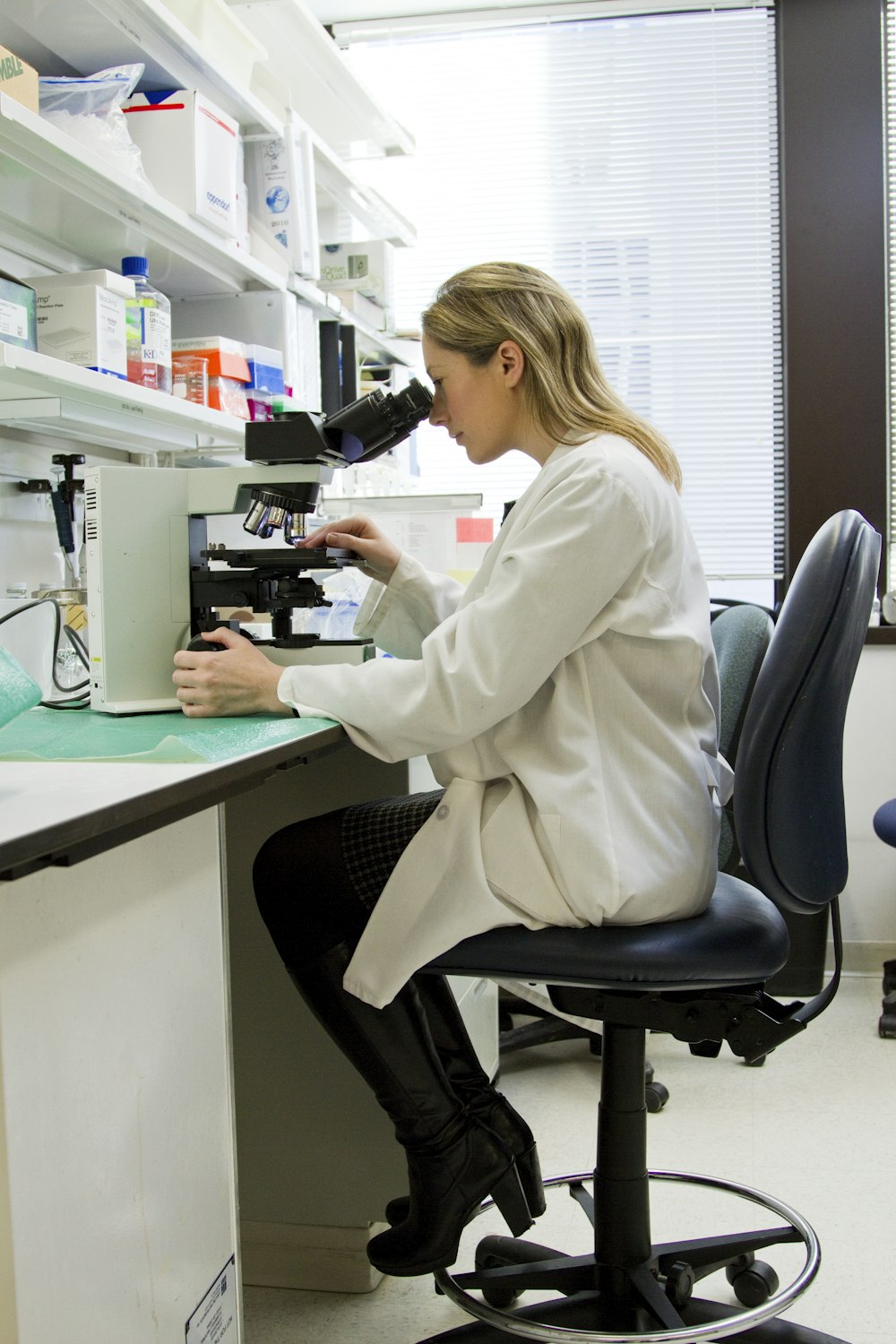The Invisible Language of Flowers
Capturing Nature's Most Elusive Perfume
How scientists decode the complex chemical language of floral scents
Introduction
Close your eyes and picture a rose. What comes to mind? The velvety texture of its petals? The deep crimson color? For most of us, the most immediate and powerful memory is its scent. This invisible signature is more than just a pleasant aroma; it's a complex chemical language flowers use to attract pollinators, warn off herbivores, and communicate with their environment.
But how do scientists capture this fleeting whisper? How do they decode its formula and, almost magically, rebuild it from scratch?
Welcome to the fascinating world of floral scent trapping, investigation, and reconstitution—a field where chemistry, ecology, and technology intertwine to reveal the secrets held in a single breath of air.

The Science of Scent: More Than Just a Pretty Smell
A flower's scent is not one single molecule but a sophisticated cocktail of dozens, sometimes hundreds, of Volatile Organic Compounds (VOCs). These are light, carbon-based chemicals that easily evaporate at room temperature, drifting through the air to carry their message.
The primary function of floral scent is to guide pollinators. Bees, moths, and butterflies have exquisitely tuned olfactory receptors. A specific blend of VOCs acts like a chemical beacon, signaling the presence of nectar and pollen.
Some scents are not meant to attract but to repel. Certain VOCs can deter hungry insects or even attract the predators of plant-eating bugs, acting as a natural pesticide.
It's the precise ratio of these VOCs that creates a signature scent. A jasmine flower, for instance, releases a blend dominated by compounds like benzyl acetate and linalool. Changing the ratio even slightly could make it smell completely different.
Common Floral Scent Compounds
The Art of Trapping a Ghost: Headspace Sampling
How do you capture something that vanishes the moment you get close? The answer is a technique called Headspace Sampling. Imagine placing a glass over a rose; eventually, the air inside the glass would become saturated with the rose's scent. Headspace sampling is the high-tech version of this.
Researchers place a flower, or part of a plant, into a sealed container. Instead of letting the scent accumulate indefinitely, they use a pump to pull the air—now laden with the flower's VOCs—through a small trap. This trap is the key to the whole process.
The Headspace Sampling Process
Containment
Flower is placed in a sealed chamber to accumulate VOCs
Trapping
Air is pulled through an adsorbent material that captures VOCs
Elution
VOCs are washed off the trap using a solvent
Analysis
Concentrated scent is analyzed using GC-MS

A Landmark Experiment: Deconstructing the Orchid's Allure
To understand this process in action, let's look at a pivotal experiment focused on a rare orchid, Brassavola nodosa, known for its intense, citrusy-nocturnal fragrance.
To identify the complete VOC profile responsible for the orchid's scent and determine which compounds are most critical for attracting its primary pollinator, the hawk moth.
A flowering branch was placed in a specialized glass chamber during peak scent emission. Headspace air was pulled through a Tenax TA trap, then analyzed using GC-MS.
Key Volatile Organic Compounds Identified
| Compound Name | Scent Description | Relative Abundance (%) | Chemical Structure |
|---|---|---|---|
| Linalool | Floral, citrus, sweet | 45% | C10H18O |
| Benzyl Acetate | Fruity, jasmine-like | 30% | C9H10O2 |
| Methyl Benzoate | Balsamic, wintergreen | 15% | C8H8O2 |
| Other Minor Compounds | Various | 10% | - |
Hawk Moth Attraction to Scent Formulations
The results were clear: while linalool was a major player, the synergistic effect of the full blend was crucial for maximum attraction. This demonstrated that the orchid's scent is an intricate chemical language where the entire "sentence" is more powerful than its individual "words."
The Scent Maker's Toolkit
The tools and reagents used in this field are as specialized as the scents they capture. Here are the essentials.
Tenax TA
A porous polymer adsorbent that acts like a molecular sponge, efficiently capturing a wide range of VOCs from the air without degrading them.
GC-MS
The core analytical instrument that separates complex scent mixtures and identifies each component with high precision.
Headspace Sampler
A system that actively pulls air from around a living plant through a trapping tube for collection of scents in their natural state.
Internal Standards
Known quantities of non-native chemicals added to samples to precisely quantify the amount of each VOC found.
High-Purity Solvents
Used to wash captured VOCs off the trapping material, creating concentrated liquid samples ready for analysis.
Thermal Desorber
Equipment that heats traps to release captured VOCs for transfer to the GC-MS instrument.
Conclusion: From Laboratory to Life
The process of trapping, investigating, and reconstituting flower scents is a remarkable scientific journey. It begins with capturing an invisible cloud of molecules and ends with a deep understanding of ecological relationships and the very essence of a flower's identity.
Perfumery
Perfumers can now create sustainable and identical botanical scents without harvesting vast fields of flowers.
Conservation
Conservationists can use synthetic scent lures to guide pollinators to endangered plant species.
Agriculture
Agricultural scientists are developing ways to manipulate scents to improve crop pollination.
By learning to speak the invisible language of flowers, we are not only satisfying our curiosity but also finding new ways to interact with and protect the natural world.